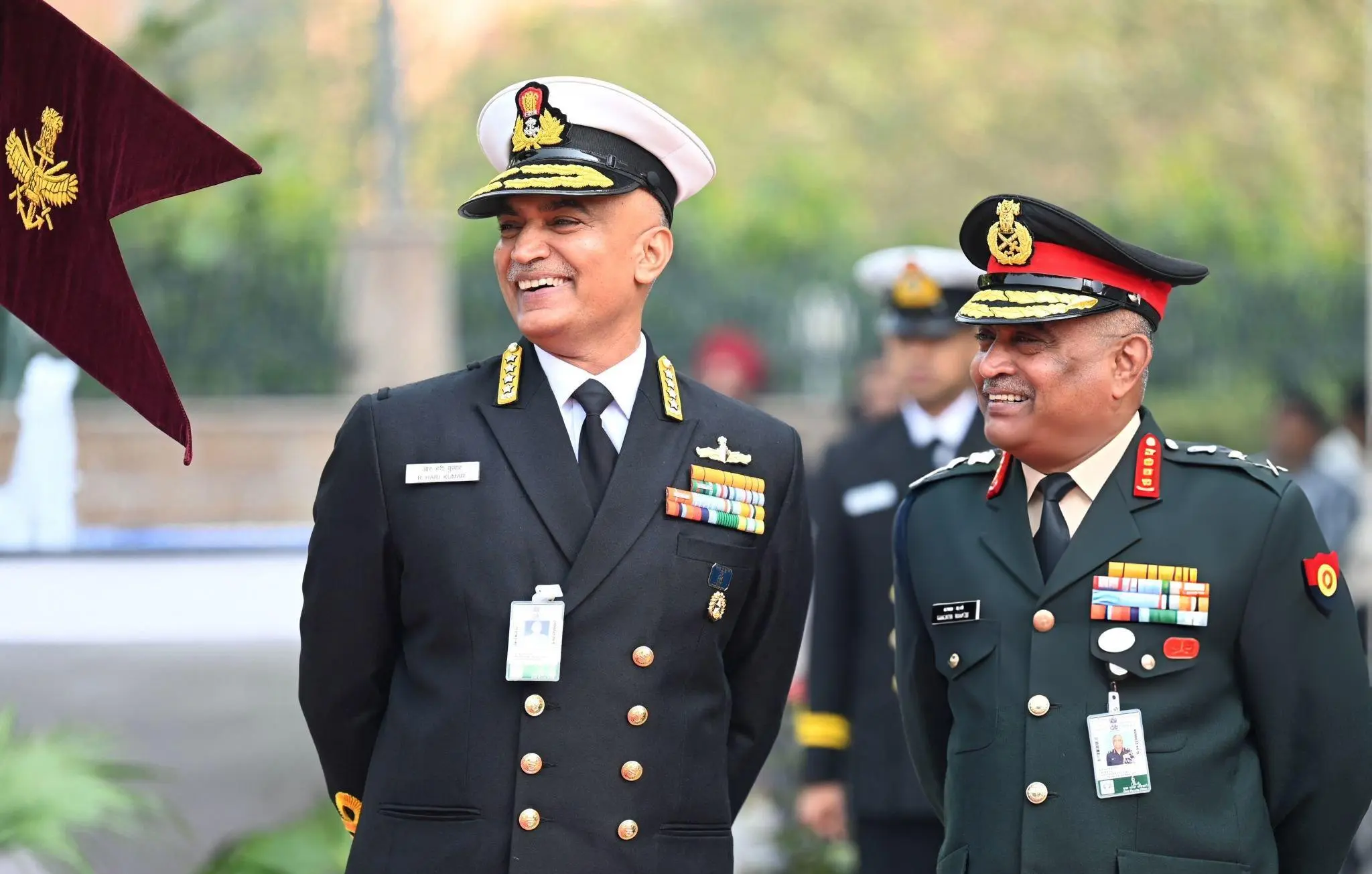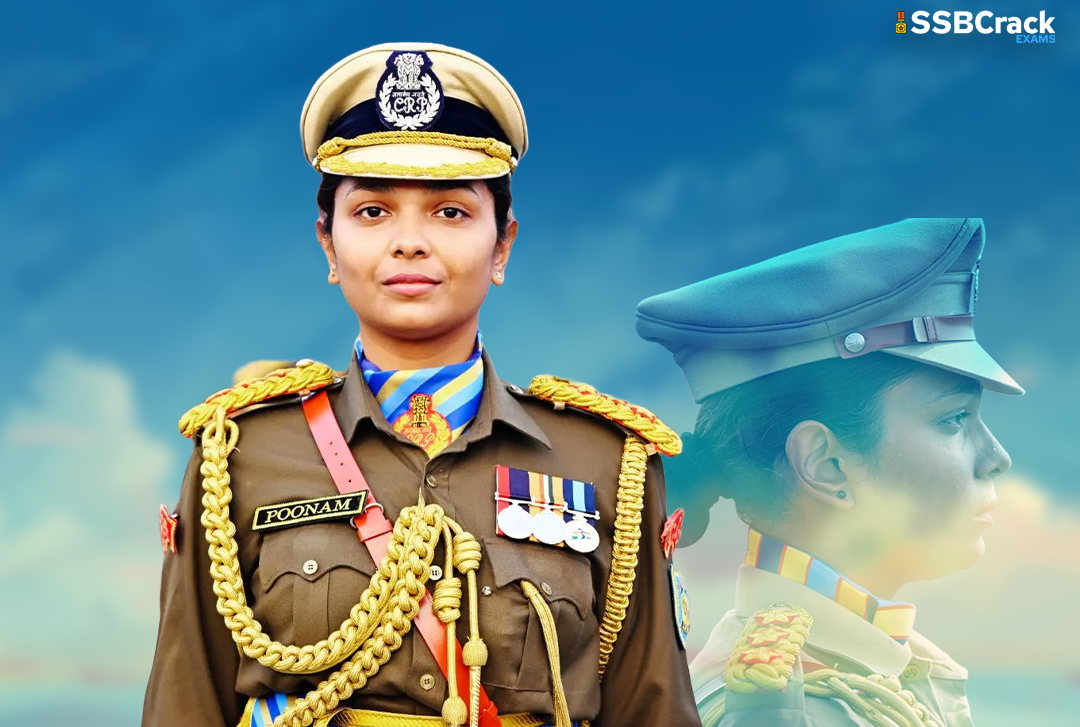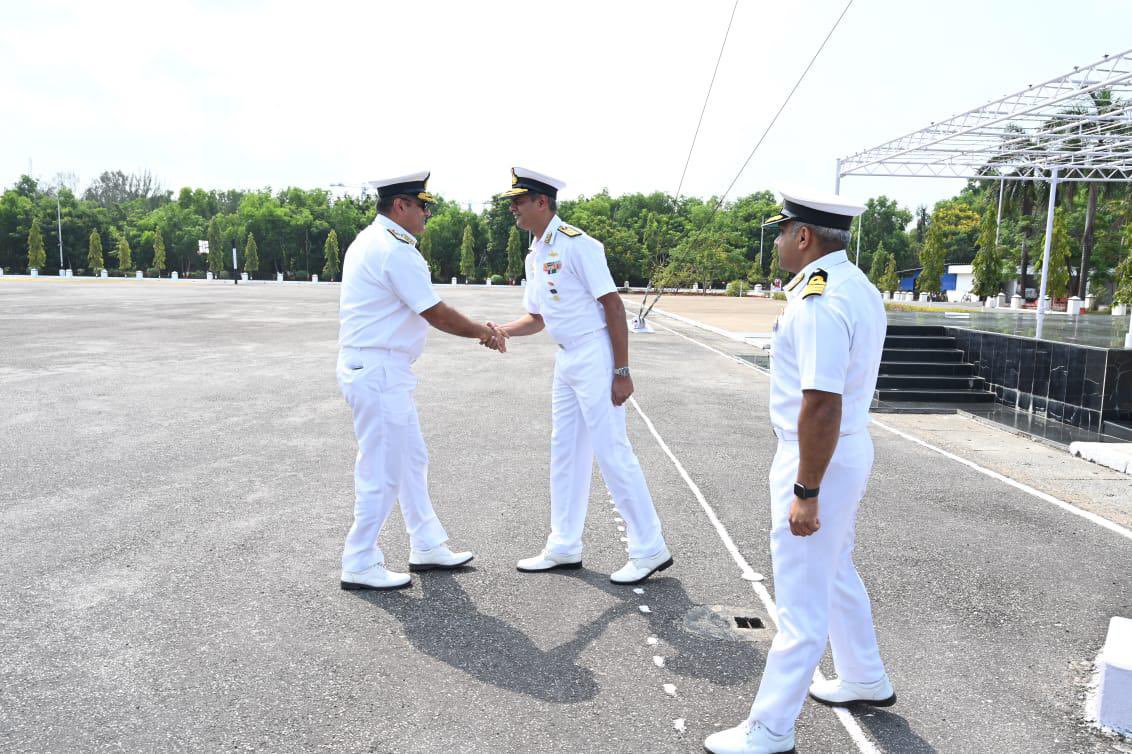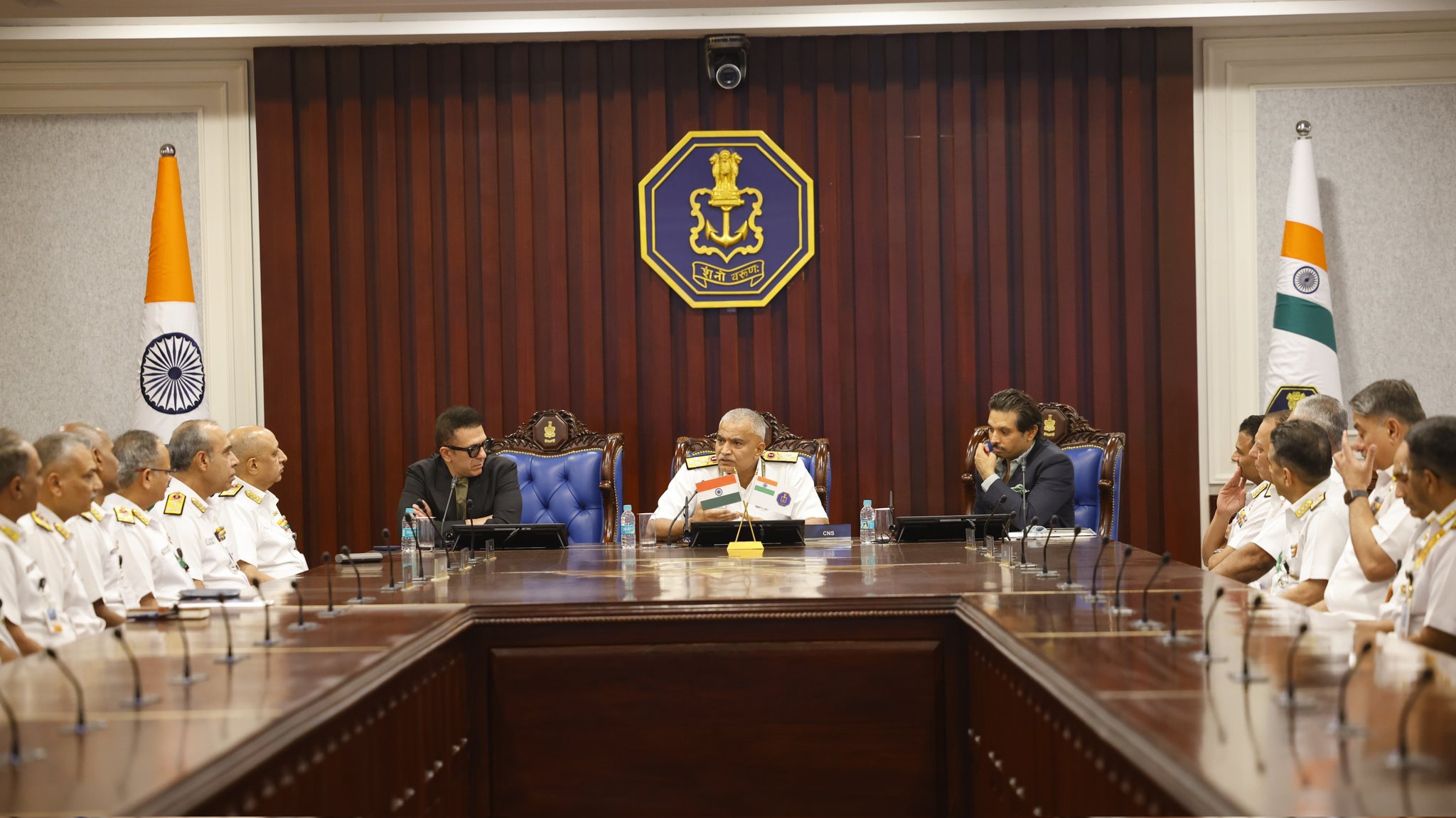Important Difference Between the Army and The Navy
When it comes to serving the nation and protecting its interests, the Indian Army and Indian Navy play vital roles.…
UPSC CAPF AC Recruitment 2024 Notification, Exam Date, Online Application Form
The Union Public Service Commission (UPSC) has recently released the much-awaited UPSC CAPF notification for the year 2024. This notification…
VAdm Sanjay Bhalla Reviews Operational Readiness and Infrastructure Progress at Naval Base Karwar
In a testament to the unwavering commitment of the Indian Navy towards enhancing operational capabilities and infrastructure development, Vice Admiral…
General Anil Chauhan, CDS India, Explores Defense Cooperation in France
In a significant stride towards bolstering defense ties between India and France, General Anil Chauhan, the Chief of Defence Staff…
Indian Army Officer Col Jangvir Lamba Conquers 38th Marathon Des Sables in Gruelling Sahara Desert
In a remarkable display of endurance, determination, and indomitable spirit, Colonel Jangvir Lamba, a serving Indian Army officer, etched his…
“Operation Trident” Movie Title Launch Marks Historic Tribute to Indian Navy’s Valor
In a momentous occasion steeped in reverence and valor, the title launch of the movie "Operation Trident" unfolded at the…






